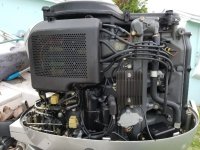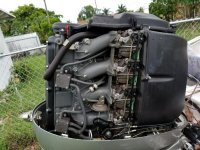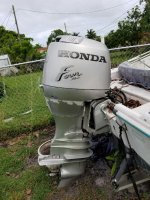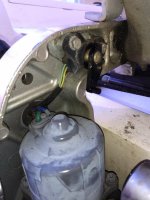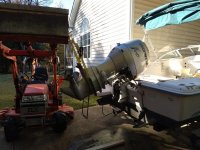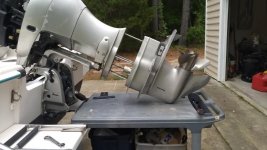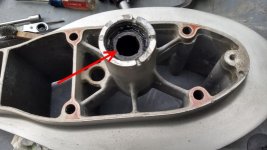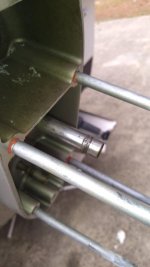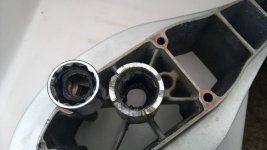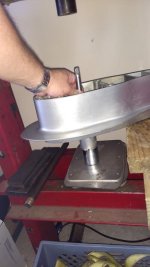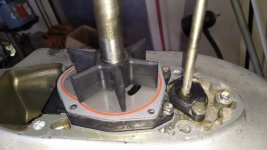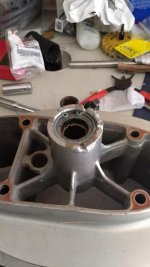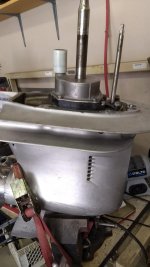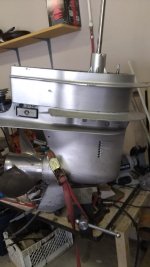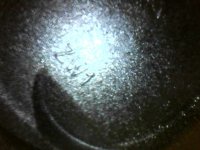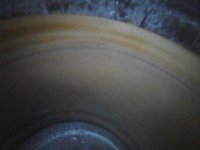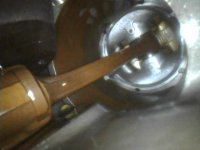Hello all, I recently bought a boat which has a 1998 BF90A on it. The boat and engine have not run in about 10 years. I purchased it from a friend so I believe I know an accurate history of it. He had some major medical issues back in 2006 and the boat has gone unused since. I went out with him in the boat in 2005, and it ran great in 2005, and I believe that trip (from Ft Lauderdale to FL Keys) was the last time the boat was actually used.
I believe that the engine/boat has less than about 200 hours on it total, but no hour meter. There is virtually no corrosion on the engine, everything appears to be in good shape. I have not run it yet, I need to sort out some of the issues below before I try to start it.
Knowns:
1) Mercury lower unit
2) Carbs need to be rebuilt
3) Tilt/trim needs fluid and possibly seals
Speculations?:
4) Water pump needs replacing?
5) Timing belt/tensioner check/replace?
6) Plugs etc?
I have already ordered the shop manual from Honda via Amazon.
What else would you recommend on an engine that has sat this long? I can do pretty much all the work myself, however, this is the first outboard engine I've worked on, so I realize it's going to be a little different than a car/car engine.
Also fuel tank needs a cleaning but that's not really a Honda maintenance item.
Thanks.
I believe that the engine/boat has less than about 200 hours on it total, but no hour meter. There is virtually no corrosion on the engine, everything appears to be in good shape. I have not run it yet, I need to sort out some of the issues below before I try to start it.
Knowns:
1) Mercury lower unit
2) Carbs need to be rebuilt
3) Tilt/trim needs fluid and possibly seals
Speculations?:
4) Water pump needs replacing?
5) Timing belt/tensioner check/replace?
6) Plugs etc?
I have already ordered the shop manual from Honda via Amazon.
What else would you recommend on an engine that has sat this long? I can do pretty much all the work myself, however, this is the first outboard engine I've worked on, so I realize it's going to be a little different than a car/car engine.
Also fuel tank needs a cleaning but that's not really a Honda maintenance item.
Thanks.


